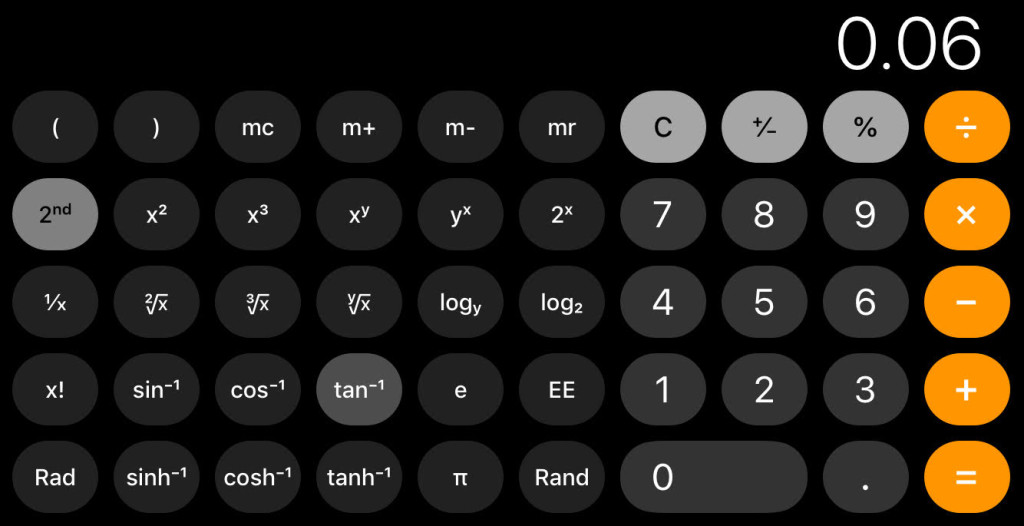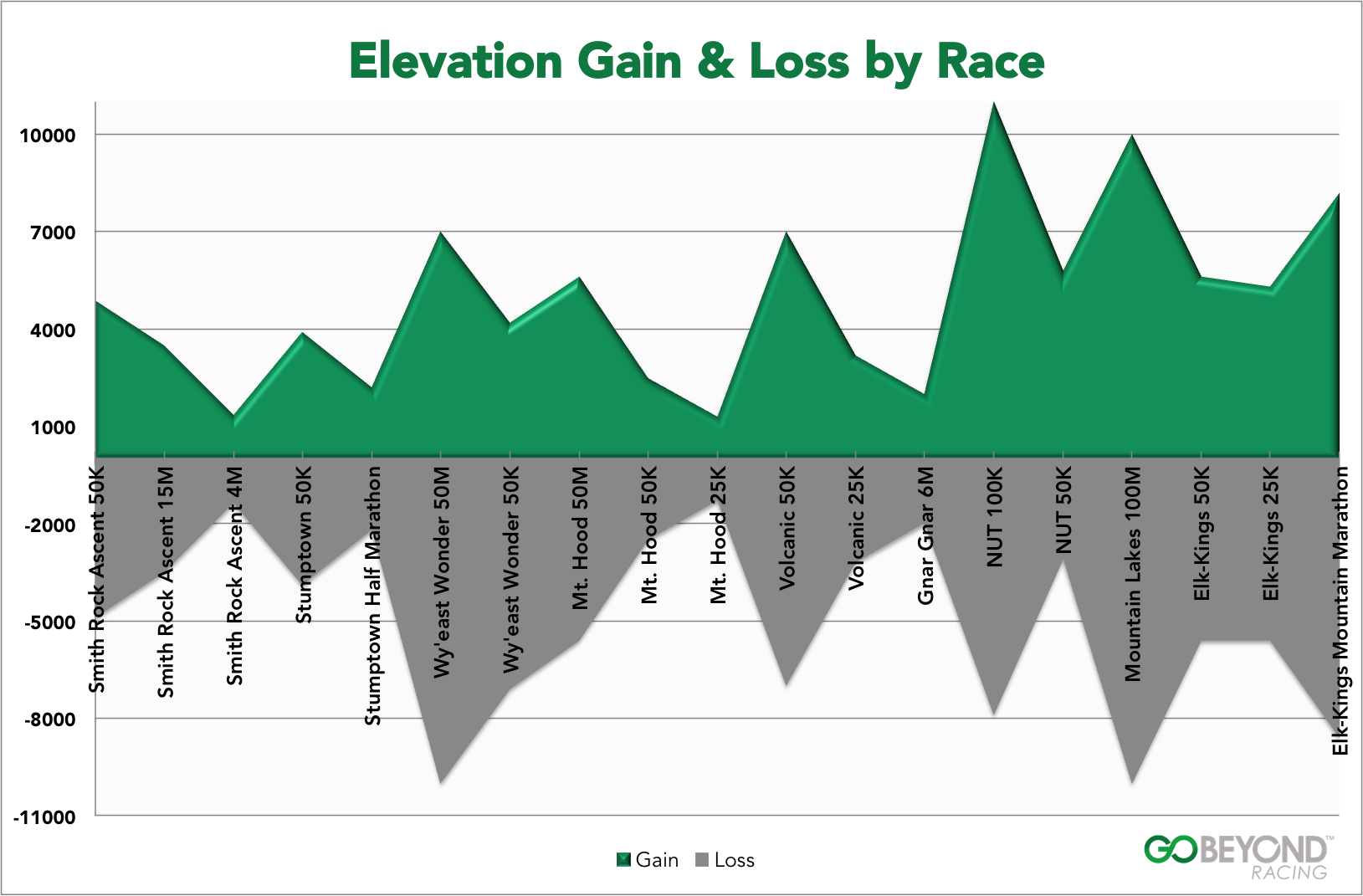What Elevation Gain Is Considered A Hilly Run
What Elevation Gain Is Considered A Hilly Run - As a newb to trail running in delaware (it's pretty. To give you a sense of this difference, ultrarunner magazine classifies elevation gain as follows: Any loop courses (ie start/finish at same spot) do not. Everyone's opinion is different based on the hill workouts they do but i personally consider runs with over 1,000ft as somewhat hilly. His rule states that every 10 feet of elevation change alters your time by 1.74 seconds, regardless of the horizontal distance covered. “hard” hilly courses have a minimum of 330ft/mile gain. My guess is that opinions on what's hilly will depend on what constitutes a normal/flat run where you live. Typically “hilly” trail courses have a minimum of 200ft/mile gain. A hill run can be classified as any run with an elevation gain greater than or equal to 120 feet per mile (2.3% average grade). Mountain running done at high.
His rule states that every 10 feet of elevation change alters your time by 1.74 seconds, regardless of the horizontal distance covered. As a newb to trail running in delaware (it's pretty. A hill run can be classified as any run with an elevation gain greater than or equal to 120 feet per mile (2.3% average grade). “hard” hilly courses have a minimum of 330ft/mile gain. Any loop courses (ie start/finish at same spot) do not. Net elevation gain of 10 meters per kilometer (roughly 25 feet per mile). My guess is that opinions on what's hilly will depend on what constitutes a normal/flat run where you live. Everyone's opinion is different based on the hill workouts they do but i personally consider runs with over 1,000ft as somewhat hilly. Up to 50 feet per mile (road races. To give you a sense of this difference, ultrarunner magazine classifies elevation gain as follows:
Up to 50 feet per mile (road races. Anything above 400 ft/mile (on average) is mountain running. To give you a sense of this difference, ultrarunner magazine classifies elevation gain as follows: “hard” hilly courses have a minimum of 330ft/mile gain. A hill run can be classified as any run with an elevation gain greater than or equal to 120 feet per mile (2.3% average grade). Typically “hilly” trail courses have a minimum of 200ft/mile gain. Any loop courses (ie start/finish at same spot) do not. As a newb to trail running in delaware (it's pretty. I consider anything above 100 ft/mile (on average) a hilly run. Everyone's opinion is different based on the hill workouts they do but i personally consider runs with over 1,000ft as somewhat hilly.
Ironman Elevation Gain How to Train for Hilly Courses (2024)
Up to 50 feet per mile (road races. “hard” hilly courses have a minimum of 330ft/mile gain. A hill run can be classified as any run with an elevation gain greater than or equal to 120 feet per mile (2.3% average grade). His rule states that every 10 feet of elevation change alters your time by 1.74 seconds, regardless of.
What Is Elevation Gain In Cycling? (Easy & Clear Answer)
“hard” hilly courses have a minimum of 330ft/mile gain. I consider anything above 100 ft/mile (on average) a hilly run. Anything above 400 ft/mile (on average) is mountain running. As a newb to trail running in delaware (it's pretty. To give you a sense of this difference, ultrarunner magazine classifies elevation gain as follows:
AW3 Elevation Gain = Flights climbed? MacRumors Forums
A hill run can be classified as any run with an elevation gain greater than or equal to 120 feet per mile (2.3% average grade). Anything above 400 ft/mile (on average) is mountain running. My guess is that opinions on what's hilly will depend on what constitutes a normal/flat run where you live. To give you a sense of this.
Elevation Gain/Loss Data Explained COROS Help Center
A hill run can be classified as any run with an elevation gain greater than or equal to 120 feet per mile (2.3% average grade). His rule states that every 10 feet of elevation change alters your time by 1.74 seconds, regardless of the horizontal distance covered. As a newb to trail running in delaware (it's pretty. My guess is.
Elevation Gain by Nick Botner on Dribbble
I consider anything above 100 ft/mile (on average) a hilly run. To give you a sense of this difference, ultrarunner magazine classifies elevation gain as follows: Everyone's opinion is different based on the hill workouts they do but i personally consider runs with over 1,000ft as somewhat hilly. Mountain running done at high. A hill run can be classified as.
Heuvelrugloop Hilly home run
Everyone's opinion is different based on the hill workouts they do but i personally consider runs with over 1,000ft as somewhat hilly. I consider anything above 100 ft/mile (on average) a hilly run. Any loop courses (ie start/finish at same spot) do not. “hard” hilly courses have a minimum of 330ft/mile gain. A hill run can be classified as any.
How To Calculate An Elevation Gain For A Treadmill Morph Performance
Anything above 400 ft/mile (on average) is mountain running. Any loop courses (ie start/finish at same spot) do not. Mountain running done at high. Net elevation gain of 10 meters per kilometer (roughly 25 feet per mile). A hill run can be classified as any run with an elevation gain greater than or equal to 120 feet per mile (2.3%.
Elevation Gain and Loss by Race Go Beyond Racing
As a newb to trail running in delaware (it's pretty. Any loop courses (ie start/finish at same spot) do not. His rule states that every 10 feet of elevation change alters your time by 1.74 seconds, regardless of the horizontal distance covered. Mountain running done at high. Anything above 400 ft/mile (on average) is mountain running.
How To Calculate An Elevation Gain For A Treadmill Morph Performance
A hill run can be classified as any run with an elevation gain greater than or equal to 120 feet per mile (2.3% average grade). My guess is that opinions on what's hilly will depend on what constitutes a normal/flat run where you live. Mountain running done at high. Typically “hilly” trail courses have a minimum of 200ft/mile gain. Net.
Elevation Gain incorrect? I run on flat road so not quite
As a newb to trail running in delaware (it's pretty. Net elevation gain of 10 meters per kilometer (roughly 25 feet per mile). Up to 50 feet per mile (road races. Anything above 400 ft/mile (on average) is mountain running. A hill run can be classified as any run with an elevation gain greater than or equal to 120 feet.
Mountain Running Done At High.
A hill run can be classified as any run with an elevation gain greater than or equal to 120 feet per mile (2.3% average grade). As a newb to trail running in delaware (it's pretty. Everyone's opinion is different based on the hill workouts they do but i personally consider runs with over 1,000ft as somewhat hilly. I consider anything above 100 ft/mile (on average) a hilly run.
“Hard” Hilly Courses Have A Minimum Of 330Ft/Mile Gain.
Typically “hilly” trail courses have a minimum of 200ft/mile gain. My guess is that opinions on what's hilly will depend on what constitutes a normal/flat run where you live. Net elevation gain of 10 meters per kilometer (roughly 25 feet per mile). To give you a sense of this difference, ultrarunner magazine classifies elevation gain as follows:
Up To 50 Feet Per Mile (Road Races.
Anything above 400 ft/mile (on average) is mountain running. Any loop courses (ie start/finish at same spot) do not. His rule states that every 10 feet of elevation change alters your time by 1.74 seconds, regardless of the horizontal distance covered.








